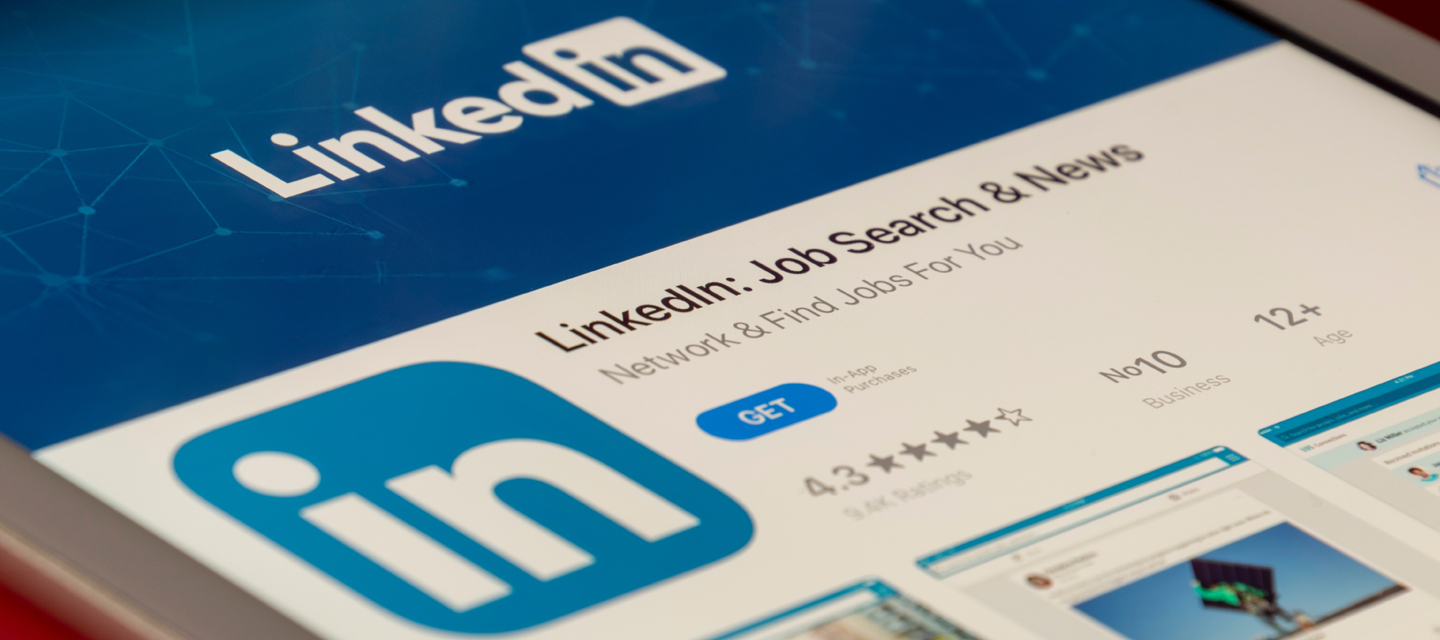Assessing the digital presence of Rugby Union in England
The Rugby World Cup of 2015 was supposed to be the dawn of a new era for English rugby. The …
The Rugby World Cup of 2015 was supposed to be the dawn of a new era for English rugby. The tournament aimed to improve every facet of the English game, with RFU Chief Executive Ian Ritchie hoping to make “the oval ball, the ball of choice” in this country. After squandering previous opportunities to boost participation at a grassroots level following the Rugby World Cup victory in 2003 and the 2005 Ashes win, it appears the same fate has befallen the 2015 version of the former, staged in England.
Unfortunately for the RFU, these coveted increases in participation never materialised. In fact, statistics from Sport England’s Active People survey highlight a drop in participation in the most recent edition. 246,800 individuals over the age of 14 were reported to play rugby once a week in March 2016, which decreased slightly to 246,000 in September 2016. There is no doubt that in 2017 one of the most effective methods of communication with young people is through digital marketing and targeting where these people spend so much of their time – the internet.
Rugby is currently lagging a long way behind other sports such as football in this respect (which has participation figures of 2,125,100 in the same survey) and there is an argument that a more robust online presence amongst clubs could aid the push for growth within the domestic Rugby Union scene.
This potential was fleetingly highlighted in the months surrounding the World Cup, with numerous innovative digital marketing campaigns created by the English RFU. Central to this was the #WearTheRose campaign. The hashtag was used across social media and digital billboards in an effort to promote the idea of coming together to support the team. The animated advert, which can be seen below, was the heartbeat of the campaign which was regularly aired across TV and cinemas.
The animation aspect enabled O2 to be reactive throughout the tournament as they weren’t reliant on player availability and capturing footage. Consequently, vast amounts of content was pushed out across Facebook, Twitter, Instagram and Snapchat. A totaliser was also installed at England’s training camp in Bagshot which live streamed the number of times the hashtag was used in order to remind the players of how many people were behind them (that went well).
The campaign was deemed an enormous success in terms of viewing figures. The England v Wales group game for example attracted an audience of 11.6 million, the highest figures posted since the 2007 RWC final. Unfortunately, this did not lead to the desired increase in involvement within the game. There is an argument that more engaging aspects around the campaign would have solidified these burgeoning relationships, developing a longer term interest in the game an increasing the likelihood of personal involvement.
O2 also appear to have recognised that further engagement is required, which will be music to the ears of the RFU, who must now increase participation without the considerable benefit of staging a World Cup. Mark Evans, chief executive at O2 outlined the new focus on ‘high quality, long term relationships’ in order to take the ‘sport to even more people than ever before, from grassroots to elite’. Furthermore, O2’s Chief Marketing Officer Nina Bibby describes how they hope to engage with customers more and enhance the ‘end-to-end experience from live to digital and back’.
This has seen a vastly improved effort to engage with fans since England’s World Cup failure. Various engaging pieces of content have been created in the past year as the long term process begins to pick up pace. The refreshed #WearTheRose campaign has brought exclusive downloadable video content for O2 customers as well as the implementation of VR across O2 stores, placing the user in an elite training session with England players. Additionally, the RFU and kit suppliers Canterbury created a refreshingly original piece of content whereby a fan is given a match day shirt by captain Dylan Hartley and asked to protect it from various threats. Have a look below to see how this unfolds.
The Domestic Scene
While it is fantastic to see such refreshingly original content being created, there is no doubt that the impact on the wider game and participation in particular is limited by the infrequent nature of international rugby. There are typically only two international windows a year and it is clear that domestic clubs must improve their online presence in an attempt to sustain interest in the game all year round. This newfound engagement at an international level has not yet filtered down to the domestic game, with clubs lagging some way behind in their digital marketing efforts.
The table below shows the top three domestic clubs in terms of their online following, as well as the national side. Clearly, you would expect this to be the case as England are a considerably more well known side and are watched by considerably more people. Many may point to the team’s respective budgets as the differentiating factor, however money and successful, original content are certainly not mutually exclusive.
| Name of Club | Facebook URL | Number of Likes | Number of Followers | Twitter Handle | Number of Followers | |
| Harlequins | www.facebook.com/harlequins | 102.7K | @Harlequins | 58.9K | @Harlequins | 80.7K |
| Saracens | www.facebook.com/SaracensOfficial | 109.2K | @SaracensOfficial | 47.2K | @Saracens | 78.1K |
| Leicester Tigers | www.facebook.com/leicestertigers | 199.3K | @LeicesterTigers | 60.4K | @LeicesterTigers | 122K |
Fortunately this season appears to be the first in which domestic sides are attempting to close the gap to the international elite. For example, Harlequins have launched a new ‘Harlequins Mic’d’ campaign where they mic up a member of the team for a training session or match to allow fans an insight into the inner workings of the sport. These videos regularly garner over double the views of any other content created by Harlequins, and highlights the benefits of innovation.
Saracens also appear to making a concerted effort in terms of growing their online presence this season. They recently invited 2015 X Factor winner Louisa Johnson, who will be performing at Twickenham before Saracens take on Harlequins, to judge a singing contest involving the players. Additionally they also post highlights featuring analysis by one of the coaches; content that was also created this season. Furthermore, England’s refreshed ‘Inside Line’ online series appears to have inspired several clubs to create their own online ‘TV channels’ for posting content – undoubtedly a step in the right direction.
However, for inspiration regarding partnerships between national teams and their domestic counterparts England do not have to look far. This season, the Welsh Rugby Union set up a monthly commercial board involving clubs. This includes sharing opportunities that may be suited to one but not the other. For example if a potential partner may not be big enough for the national side, they pass this on to the most relevant domestic club and vice versa. This is a relatively new set up so it will take time to judge whether it works or not, but the signs are certainly promising and there is no reason why the English RFU could employ something similar.
What Does the Future Hold?
Looking forward, there are certainly other avenues to explore and new technologies to exploit within the digital marketing sphere. One of the most popular current trends is of course live streaming. This is simple to implement, yet has immense potential and is excellent at closing the gap between any club and its respective fans. Currently, Saracens appear the only team utilising live streaming, which is still limited in its use. Despite only streaming pre-match warm ups currently there are alternative, simple ways in which the technology could be utilised. For example, a live interview where fans can ask questions in real time is a simple and cheap way to engage with fans.
The VR revolution is also well underway and it appears a matter of time before it is involved in rugby. Initial strides have been made by England, who partnered with Oculus Rift in their #WearTheRose campaign. This allowed fans to wear the headset and immerse themselves in an elite training session with the England team. The campaign was successful and gained positive feedback overall so it appears a matter of time before this becomes a more common sight in rugby.
After a period of stagnation amongst English clubs regarding their leveraging of digital marketing and the potential relationship with increased participation, it appears that many English clubs are waking from their slumber. This season appears to have marked a watershed moment and one hopes that by connecting with an increasingly digitally capable younger generation, this translates into higher levels of participation. As can be seen by the figures involved in this article, their remains a long road ahead yet the first steps have finally been taken and this is often the biggest challenge.
More insights from the team

